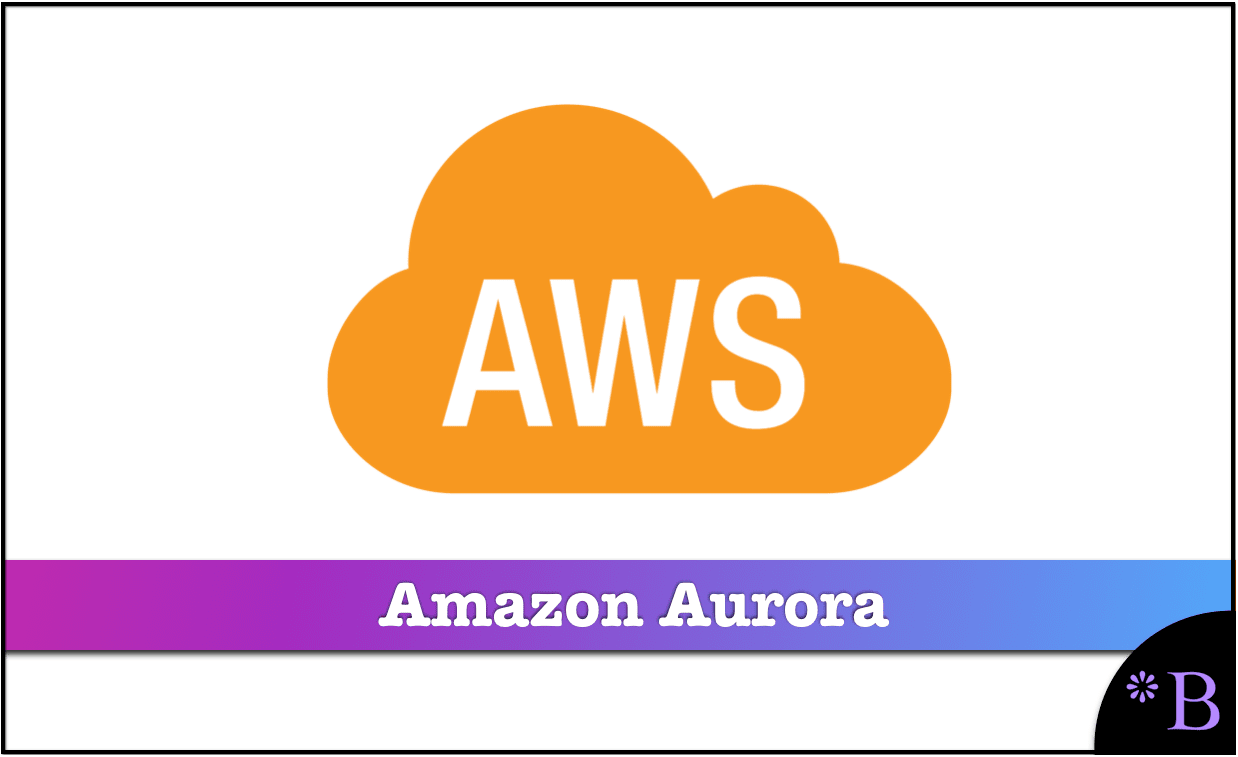The Brightwork Comparison and Scoring of Amazon Aurora
Executive Summary
- This is our database rating for Amazon Aurora across the most important criteria for database usage.

The Rankings
Our rankings allow comparisons across the various databases. The scores in each category are from one to five, with the higher the value, the better that database is rated in that area.
The Scores Per Criteria
The Brightwork Database and Data Warehouse Scoring Criteria
Brightwork's scoring of databases and data warehouses.
| Criteria | Criteria Definition |
|---|---|
| 1. Database Type | Does the database fall into the category of a relational, document, column, graph, etc.. |
| 2. Core Market | This is where the database tends to be used with the highest frequency. |
| 3. Memory Optimized or All In-Memory | Determines whether the entire database is run as loaded into memory. |
| 4. Price Score | Prices vary greatly for databases, a major reason being the comparison of open source and commercial databases. |
| 5. Maintenance Overhead Score | One of the least discussed features of a relational database. Maintenance overhead is determined by factors ranging from the SQL used by the database, to the ease or difficulty of configuration to the documentation that supports the database. |
| 6. Licensing / Audit Liability Score | Databases are often purchased without considering the long term licensing and audit liabilities. And even among commercial vendors (there is no auditing for open source), there is a large variance in audit likelihood per vendor, as well as the potential payouts. |
| 7. Usability (i.e Loved/Hated Score) | This score is taken from Stack OverFlow's "most loved and most hated" which is their poll of developers preferences with respect to databases. In the case of HANA, it is not rated by Stack OverFlow, because it is little used, so we inserted our own value based upon feedback from the field on HANA. |
| 8. Functionality Score | This is what the database is capable of doing. This is not a scoring of how easy or difficult it is to bring up functionality within the database. |
| 9. Managed Service / No DBA to Install, Patch or Upgrade | Is the database offered as part of a managed service like that offered by AWS. |
| 10. Autopartitioning / Autoscales | The ability to automatically adjust to scale. |
| 11. Pay Per Section / Per Hour | A function of the availability of the database on cloud service providers that off this capability. |
| 12. Pay Per Storage Used / Not Per Processor | This is a function of how the database is priced. Oracle, for instance, is priced per processor. |
View the Index
Back to see the index of all of the database rankings.
References
https://insights.stackoverflow.com/survey/2019#technology